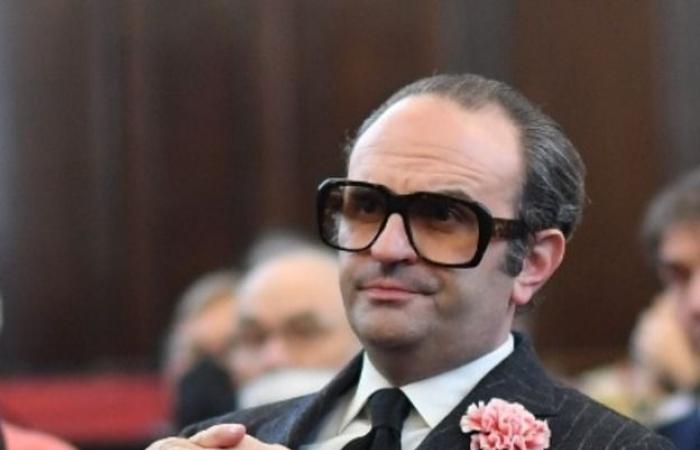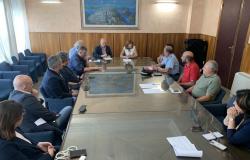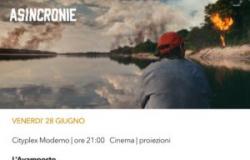What happened at the Braidense Library caused a lot of discussion, namely the renting of some rooms of the very prestigious library to the influencer Estetica Cinica who held a paid party there.
I won’t go into the merits of the fact itself as I don’t have the elements, but the question of the promotion of cultural places through celebrities and above all the issue of the possibility of renting them for private events has been around for some time, certainly since Chiara Ferragni acted as testimonial for the Offices.
Personally, I am absolutely in favor of the openness and contamination of cultural spaces, as long as obviously we remain within the limits of decency. In the Anglo-Saxon world it is absolutely normal for historical and cultural spaces to be rented to private individuals for conventions, dinners, company parties and so on without it creating embarrassment or controversy. This is also because the especially American cultural system is largely the product of private investments and large collections that very astute tax legislation has over time transformed into cultural heritage available to all.
In Italy, however, we are structurally accustomed to a state cultural heritage in which contamination with the private sector is absolutely recent and mostly seen as interference. There are many reasons and it is certainly not possible to list them here, but there are historical passages that have effectively transformed what was a private cultural heritage into a state heritage, structurally modifying our relationship with Cultural Heritage.
It was especially during the Red Biennium and the workers’ revolts that the House of Savoy passed many of the assets confiscated after the Unification of Italy to the Italian State as political expediency. Assets that had never actually belonged to the State, since they belonged to the various aristocratic families who had accumulated and commissioned works of art for centuries. Here in a certain sense this long process of “re-appropriation” by the People of an aristocratic, typically twentieth-century heritage, does not fail to make its effects felt every time a private individual returns to approach a collectivized heritage.
To this it must be added that no culture in history has ever been as attentive as ours to the safeguarding, restoration and conservation of cultural heritage, so much so that it is explicitly foreseen as an obligation in Article 9 of the Constitution. And so, even in rentals for individual events to private individuals, a conditioned reflex of concern and hyper-protection of assets is triggered, also because we must admit that in Italy in the 1900s the worst possible offenses were committed against a unique heritage in the world.
And yet, paradoxically, today the very protection and maintenance of these assets, which have become very expensive, increasingly forces many institutions to have to resort to the private world in order to support the abnormal costs of operating and protecting these places.
The issue is now much more crude and substantial than we want to admit publicly: the State is no longer in a position to bear the costs of protection. We have hundreds of buildings and churches falling to pieces, and just as many museums at risk of closure because the revenues do not even cover half of the operating expenses.
The relationship and contamination with private individuals is the only way of salvation in a country that struggles to guarantee healthcare and which possesses the most important cultural heritage in the world. And what’s more, in my opinion, it is managing in the worst possible way what is an unprecedented tourist invasion in history and which risks being our destruction rather than our salvation. This year they fear as many as 400 million visitors, managed mostly like milking cows for commercial purposes without realizing how devastating they can be for a geo-cultural fabric as precious and delicate as ours.
In short, net of individual episodes and controversies or personal considerations, I believe that it is a State official who, as always, is the Legislator who must clarify and indicate a precise path, otherwise we remain in a limbo in which every single decision becomes the subject of controversy or worse than inappropriate choices.
(The photo of Professor Martelli is by Daniele Mascolo)
Superintendent of the Archives of the Municipality of Milan
Professor of archives at the University of Milan






